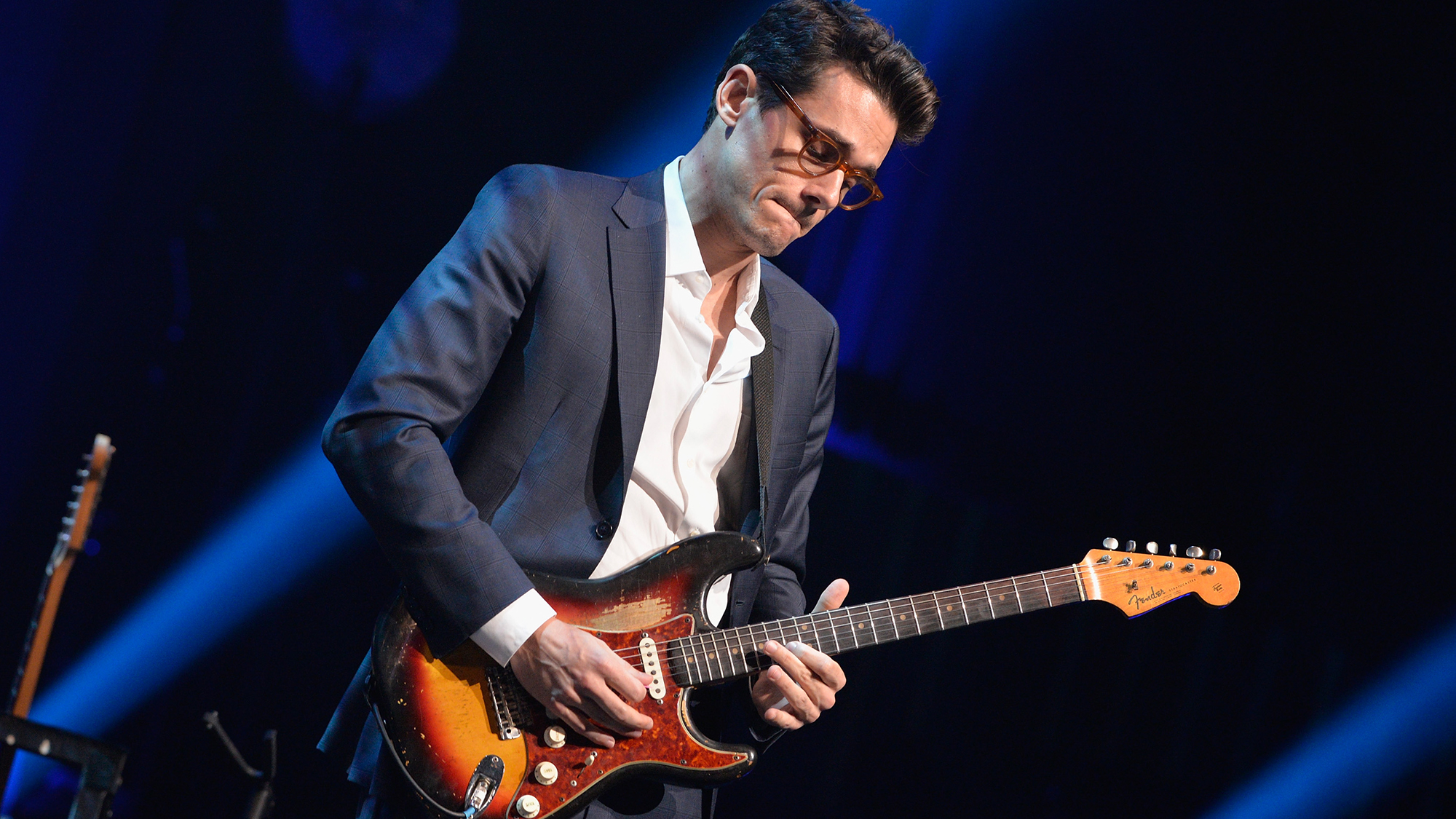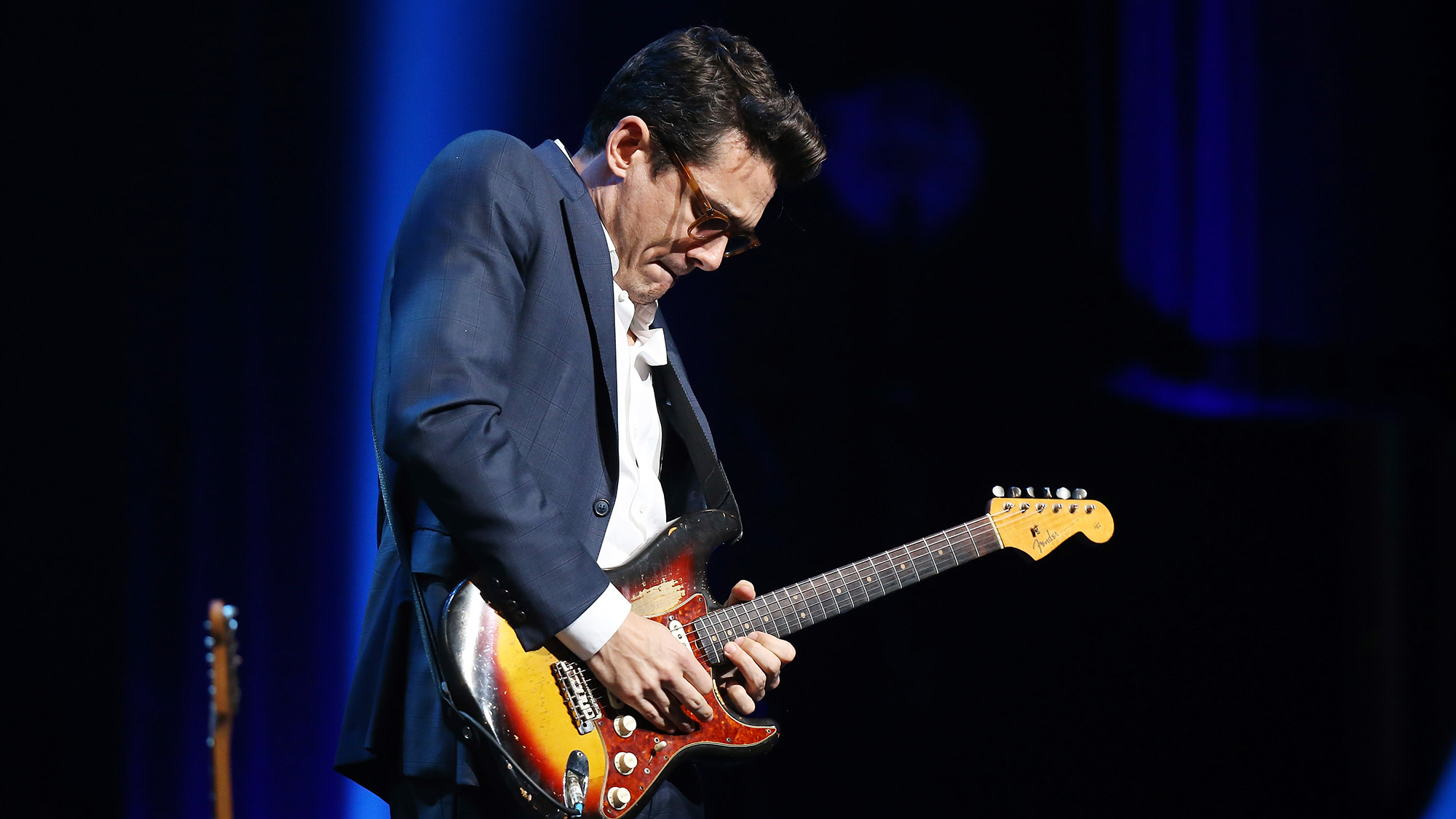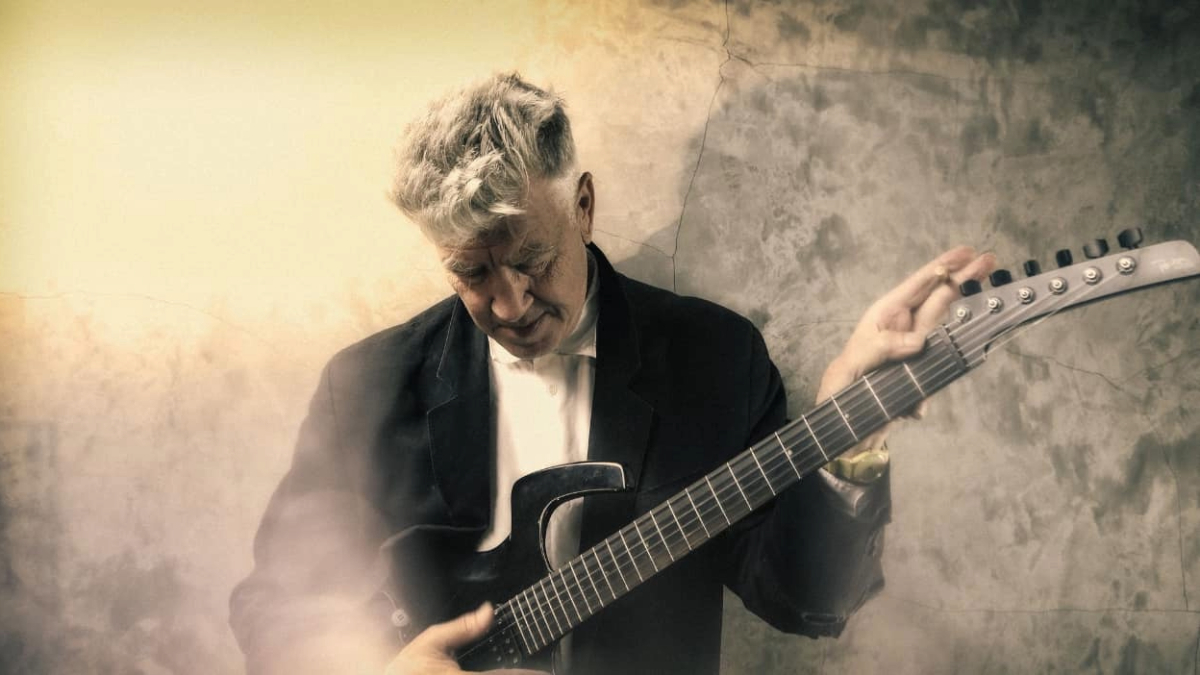“It was something we’d never seen the likes of”: The unexpected discovery in John Mayer’s iconic ’64 Fender Strat that helped shape the sound of the Silver Sky
It took more than 2 years to retool and redesign the classic S-type template – and PRS made a significant discovery along the way

When John Mayer and PRS unveiled the Silver Sky, the reception was divisive. Some praised it for taking the Strat into the modern age. Others dismissed it as yet another Stratocaster clone.
The truth of the matter is that the Silver Sky was the result of two years of research and development, during which Mayer and Paul Reed Smith worked to redesign and retool the classic S-type template.
Their success developing the Silver Sky paid off, and it has been one of the best-selling electric guitars on the market for the past few years. It not only speaks volumes of how public opinion towards the model has warmed in recent times, but also how highly players rate it.
A lot of that is down to how good it sounds – largely thanks to its specially voiced pickups, which were inspired by one of Mayer’s prized vintage Fender Strats.
To land on that winning formula, Smith turned his attention to Mayer’s 1964 Fender Stratocaster – the famed vintage sunburst model that ranks second only to the Black One in the list of Mayer's most well-known Fenders.
It is the model that's most closely associated with Slow Dancing In a Burning Room, and one that became a mainstay in Mayer's pre-PRS guitar rotation. When it went under the microscope for inspection, though, Smith ended up stumbling upon something he’d never come across.
“We went to a soundcheck with a Silver Sky prototype at this huge indoor arena in Washington, D.C,” Smith says in the new issue of Guitar World. “I was standing on the stage, and John had his ’64 Strat that he played Gravity on, and he compared it to the Silver Sky prototype.
All the latest guitar news, interviews, lessons, reviews, deals and more, direct to your inbox!
“And the Strat’s pickups had 6 dB more bass and 6 dB less harsh high end – they were louder. Everything about them was different. I had wound the Silver Sky pickups exactly the way you see on the internet, but they were off by 6 dB in every direction.”
Tapping into the Strat’s sounds was a critical part of the process. They had to get it right. Smith needed to go deeper.
“I said to him, 'If I can measure the Strat’s pickups on my pickup machine, I can do it.' John said, 'I can live without it for one day.' His tech, René Martinez, gave me the Strat. I put it in the back of our car and said to my wife, 'Whatever you do, don’t get in a rear‑end accident.'”
The Strat arrived in one piece at PRS HQ, where Smith made an unexpected discovery after performing some rather heinous surgery on the single-coils.

“I did the sacrilegious thing: I unsoldered the bass pickup, which I don’t think had ever been done before, took it out, and put it in my pickup machine,” he remembers. “What came up on the screen was something we’d never seen the likes of.
“I was like, ‘Whoa!’ We soldered the bass pickup back in, put the guitar back together, took it back to John, and I started calling electrical engineers about why I was seeing wildly different results.”
Smith plays it coy on what exactly made the bass pickup so special – a magician never reveals his secrets, after all – but the lengthy process was worth it. They ended up nailing the design brief.
“We got it. Not only did we get it, you’re talking about having to do it exactly the same – it’s not easy,” Smith says. “The magnets, wires and bobbins are from different factories. But we got it. It was very difficult, but it also was joyful.”

As for what he wanted those pickups to sound like, Mayer explains to Guitar World, “I wanted to sound like I’ve been known to sound, but with a little less midrange dip. As I get older, I understand and enjoy a little more midrange.
“It’s pleasant to me now. Those deep EQ carve-outs are super-fun, but after thousands of hours of playing, certain frequencies have made permanent grooves in my brain, and I want to cut new ones next to, but not on top of them. Maybe that’s the definition of evolution, I don’t know.”
Pick up the latest issue of Guitar World at Magazines Direct to read John Mayer and Paul Reed Smith’s full recollection of the Silver Sky’s origins, along with a list of the best guitar gear of the 21st century.

Matt is the GuitarWorld.com News Editor, and has been writing and editing for the site for five years. He has a Masters in the guitar, a degree in history, and has spent the last 19 years playing everything from blues and jazz to indie and pop. During his GW career, he’s interviewed Peter Frampton, Zakk Wylde, Tosin Abasi, Matteo Mancuso and more, and has profiled the CEOs of Guitar Center and Fender.
When he’s not combining his passion for writing and music during his day job, Matt performs with indie rock duo Esme Emerson, and has previously opened for the likes of Ed Sheeran, Keane, Japanese House and Good Neighbours.
You must confirm your public display name before commenting
Please logout and then login again, you will then be prompted to enter your display name.

